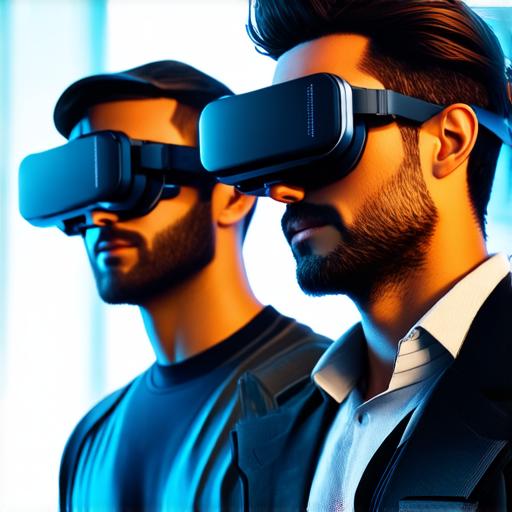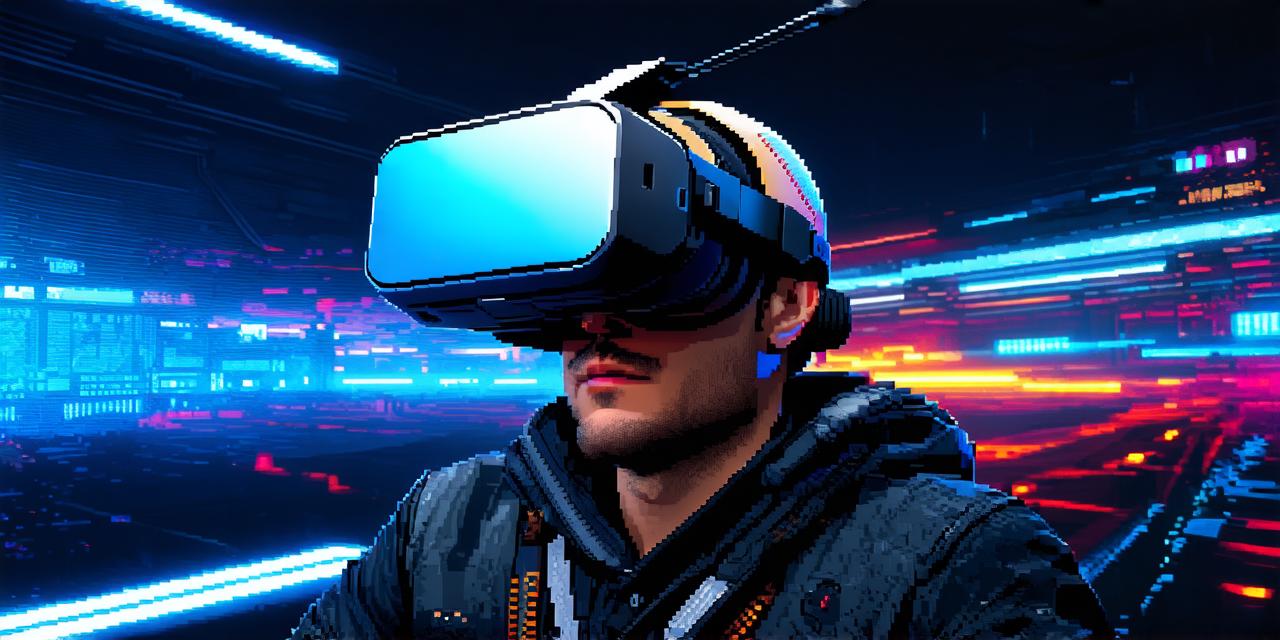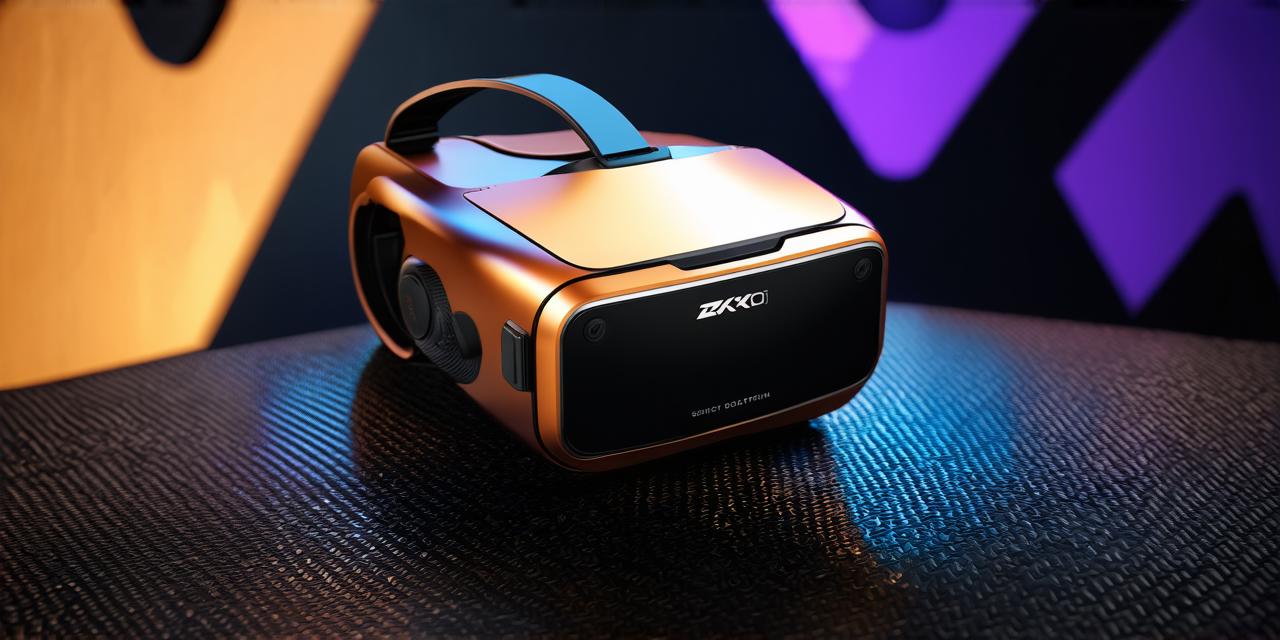Virtual reality (VR) and augmented reality (AR) are two rapidly evolving technologies that have captured the imagination of consumers, businesses, and developers alike.
What is Virtual Reality?
Virtual reality is a computer-generated simulation of a 3D environment that can be experienced and interacted with through specialized headsets or other devices. The idea behind VR is to create an immersive experience that completely engages the user, blocking out the real world and allowing them to live in a digital world for a period of time.
In virtual reality, the user wears a headset with a display that tracks their head movements and adjusts the perspective accordingly. This creates a sense of depth and immersion that can be very realistic, especially when combined with other sensory inputs such as haptic feedback or motion tracking.
Virtual reality is commonly used in gaming, entertainment, and training applications. For example, gamers can use VR headsets to play immersive games that feel like they are inside the game world, while pilots can use VR simulators to practice flying without risking their lives.
What is Augmented Reality?

Augmented reality, on the other hand, is a technology that overlays digital information onto the real world. Unlike virtual reality, augmented reality does not create a completely immersive digital environment; instead, it enhances the user’s view of the physical world by adding digital elements to it.
Augmented reality works by using sensors and cameras on mobile devices or other devices to track the user’s location in the real world. Once this information is known, the device can use computer vision algorithms to identify objects in the real world and then overlay digital information onto those objects.
For example, with an augmented reality app, a user could point their phone at a landmark or building and see additional information about it, such as its history or architecture. Augmented reality is also used in marketing and advertising, where brands can create interactive experiences that engage customers in new and exciting ways.
Differences between Virtual Reality and Augmented Reality
There are several key differences between virtual reality and augmented reality:
Immersion vs Overlay
Virtual reality creates a completely immersive digital environment, while augmented reality adds digital information to the real world.
Realism vs Interactivity
Virtual reality can be very realistic, especially when combined with other sensory inputs such as haptic feedback or motion tracking. However, because virtual reality creates a completely artificial environment, it can sometimes feel disconnected from the real world. Augmented reality, on the other hand, is often less realistic than virtual reality but more interactive, as users can still see and interact with the physical world while experiencing digital content.
Uses vs Applications
Virtual reality is commonly used in gaming, entertainment, and training applications, where the goal is to create a completely immersive experience. Augmented reality, on the other hand, is often used in marketing, advertising, and education, where the goal is to enhance the user’s view of the physical world and provide additional information or interactive experiences.



